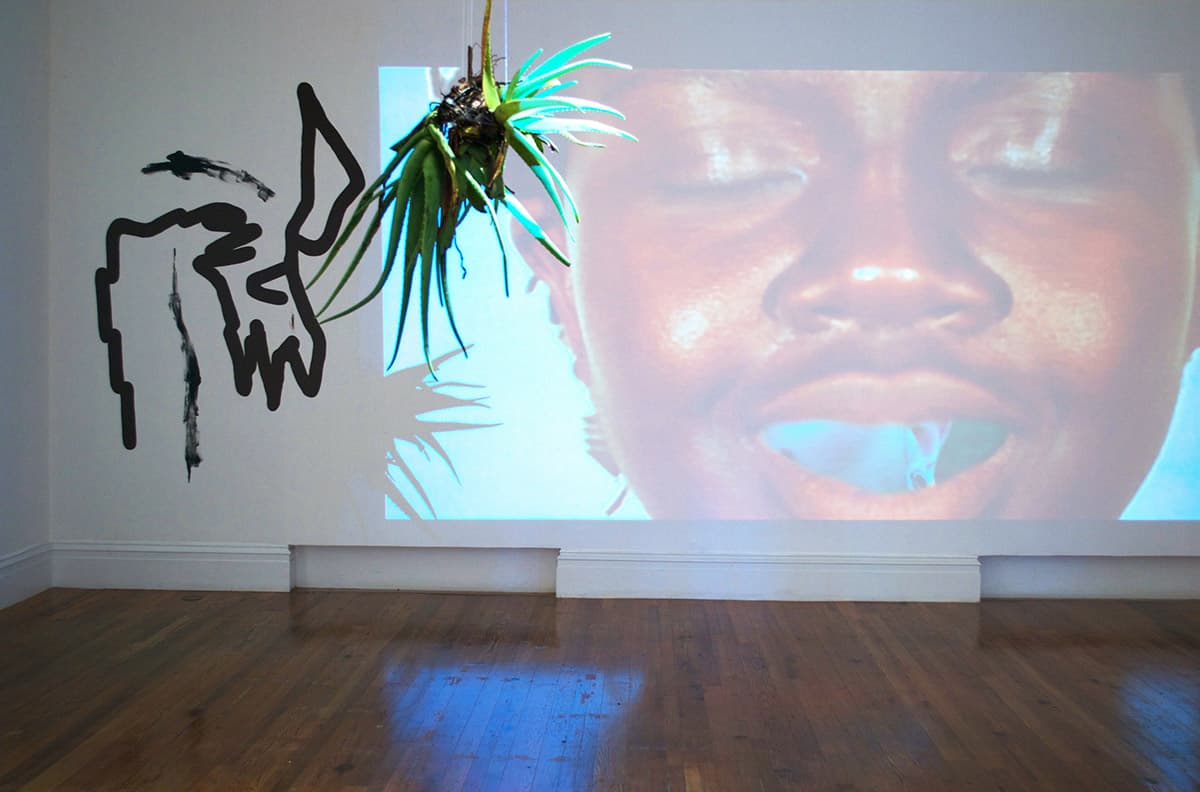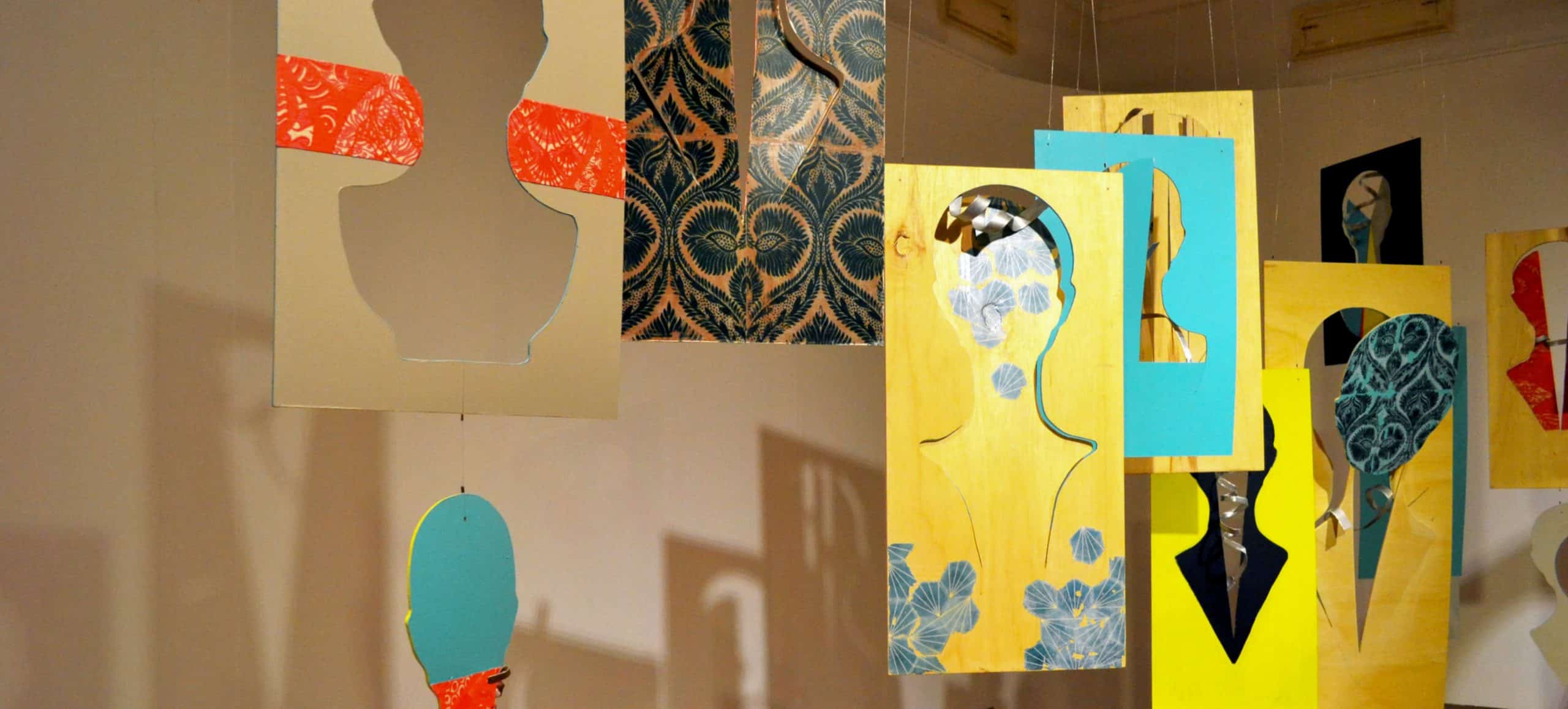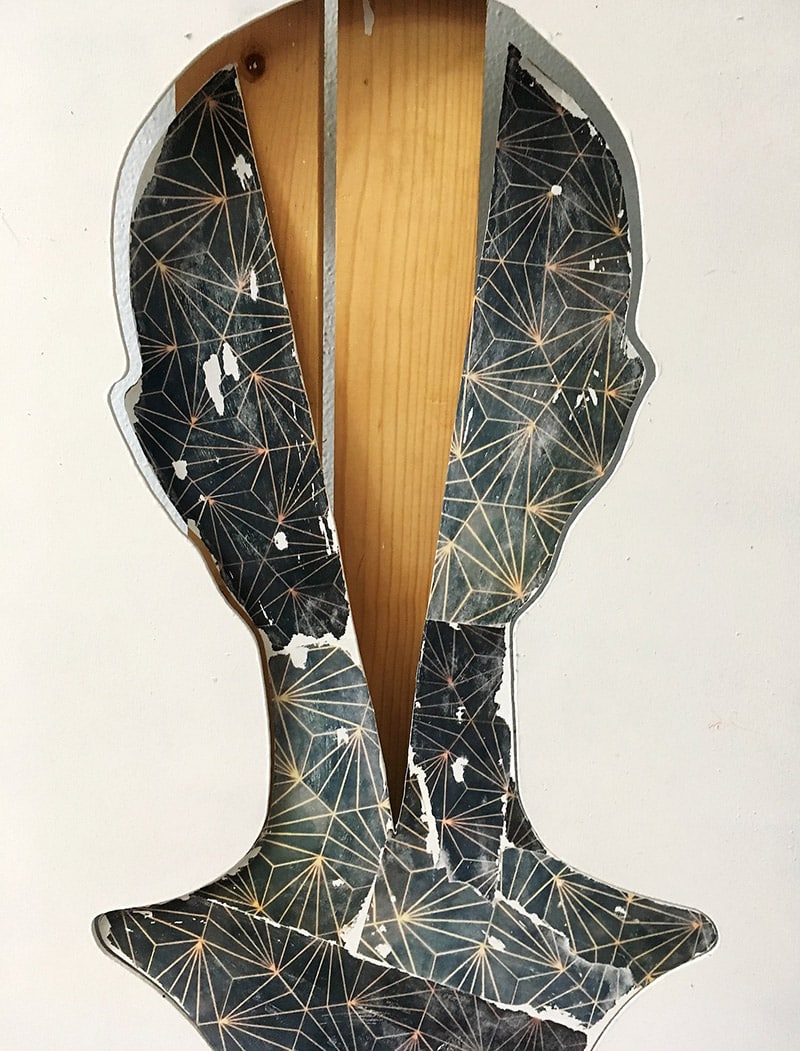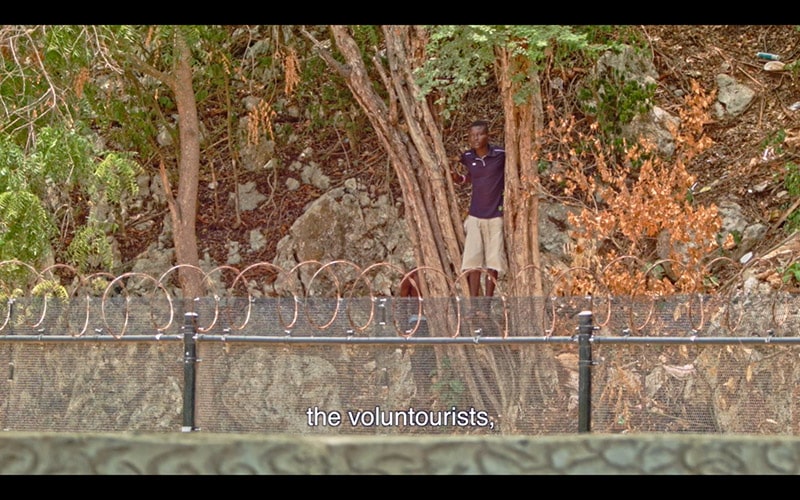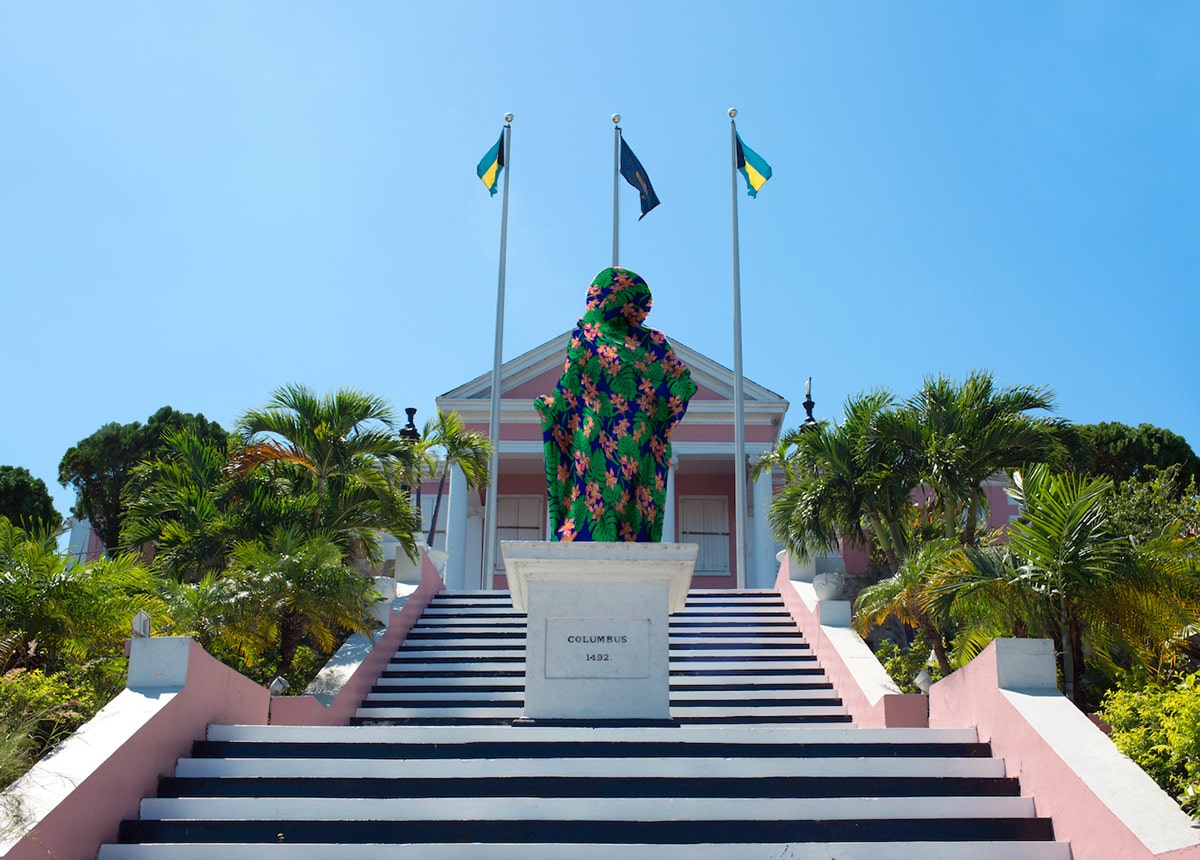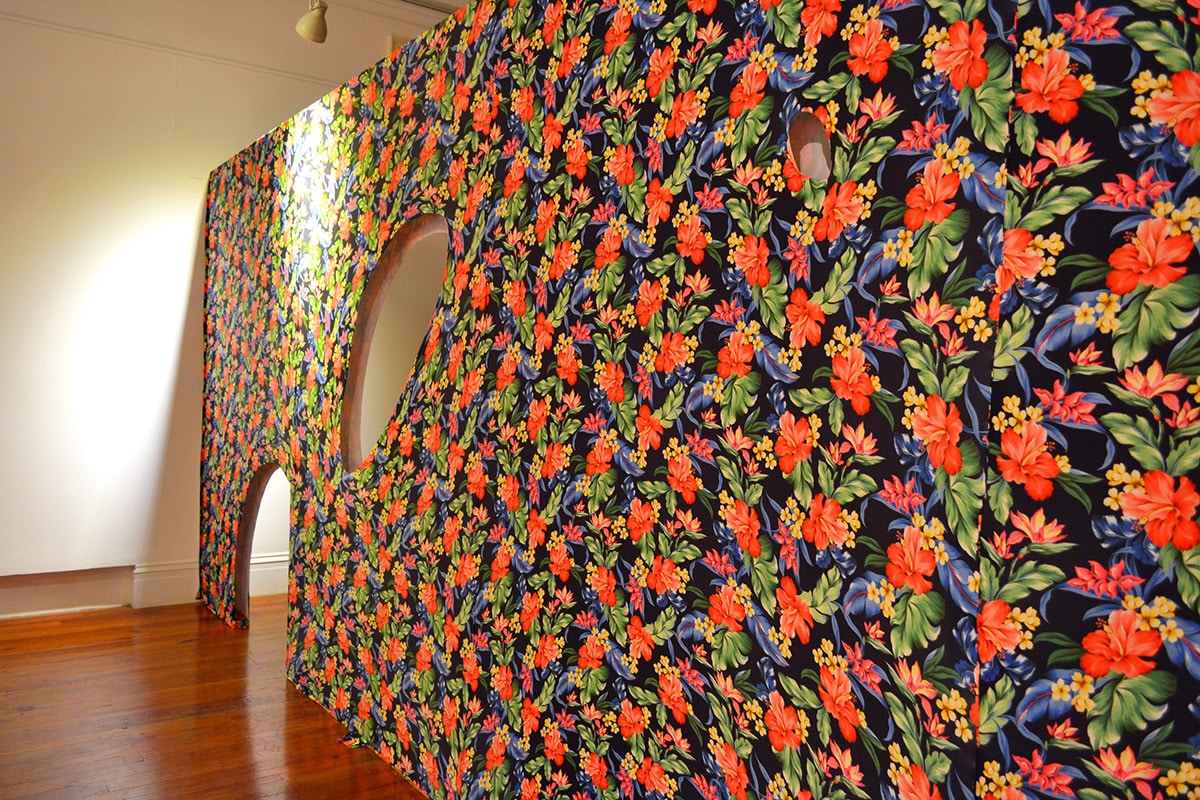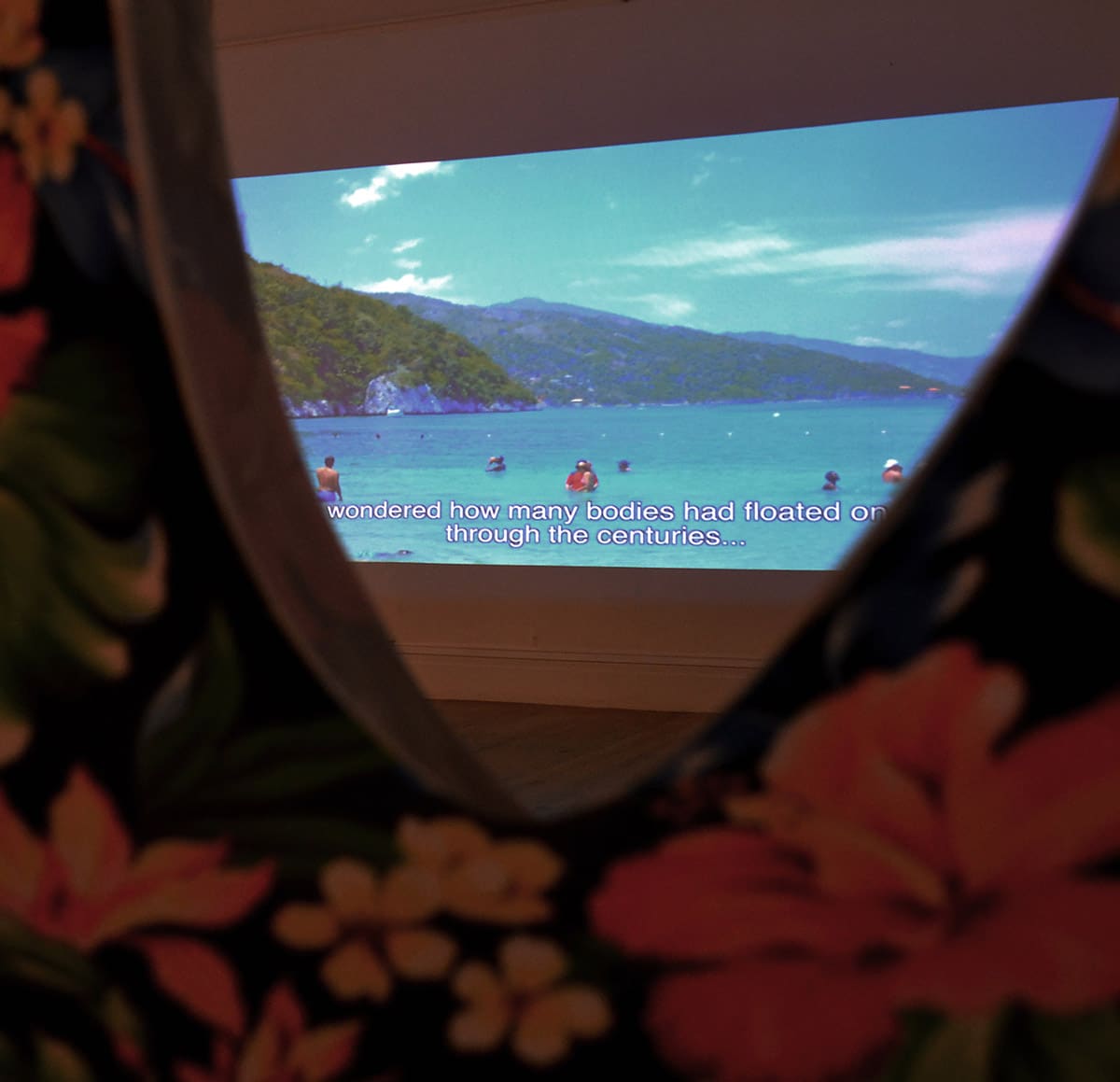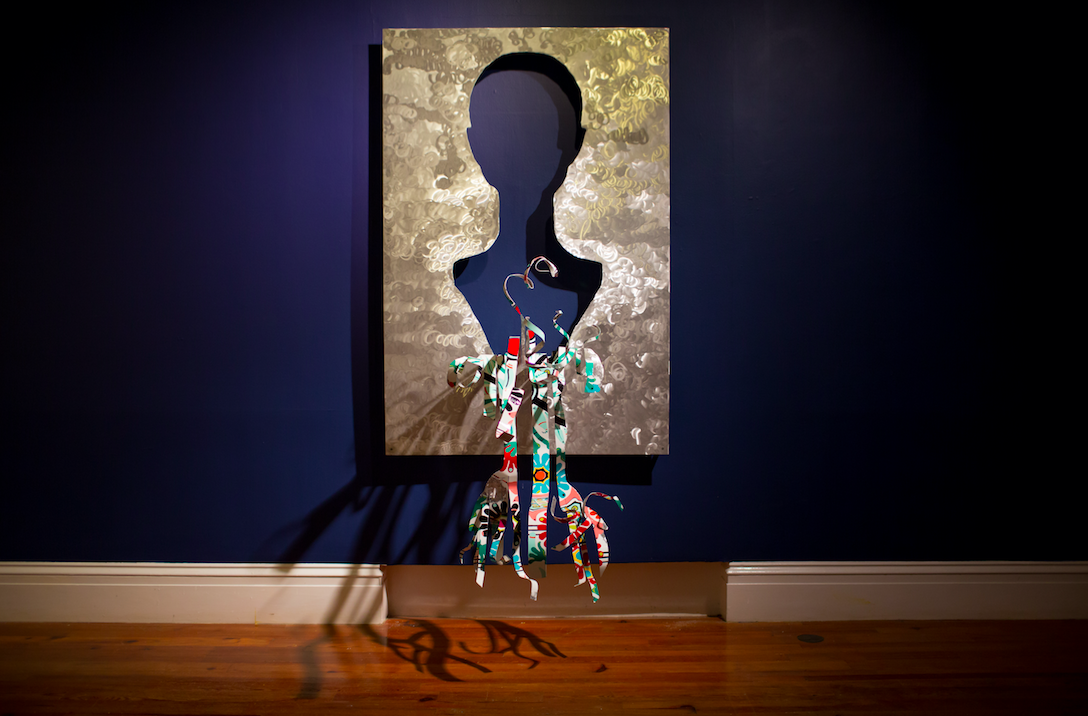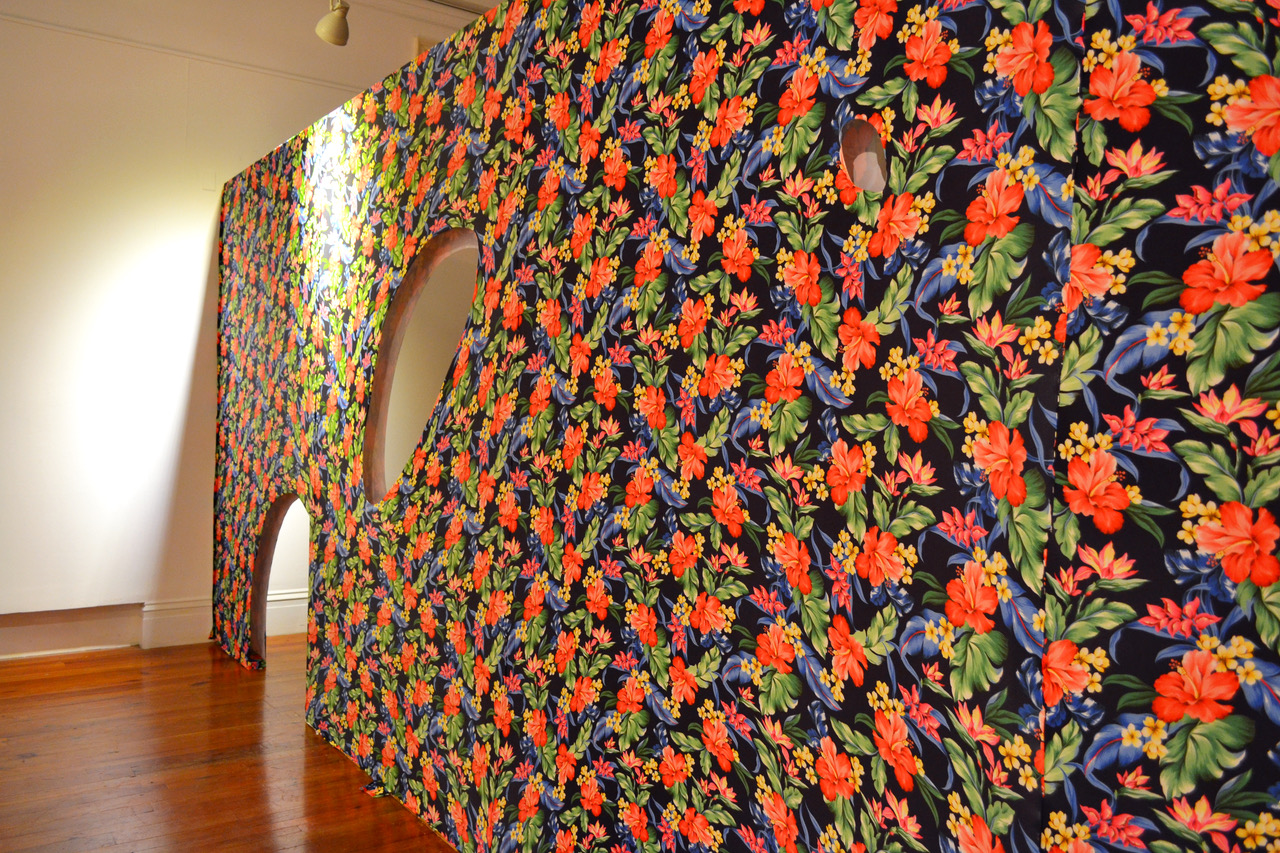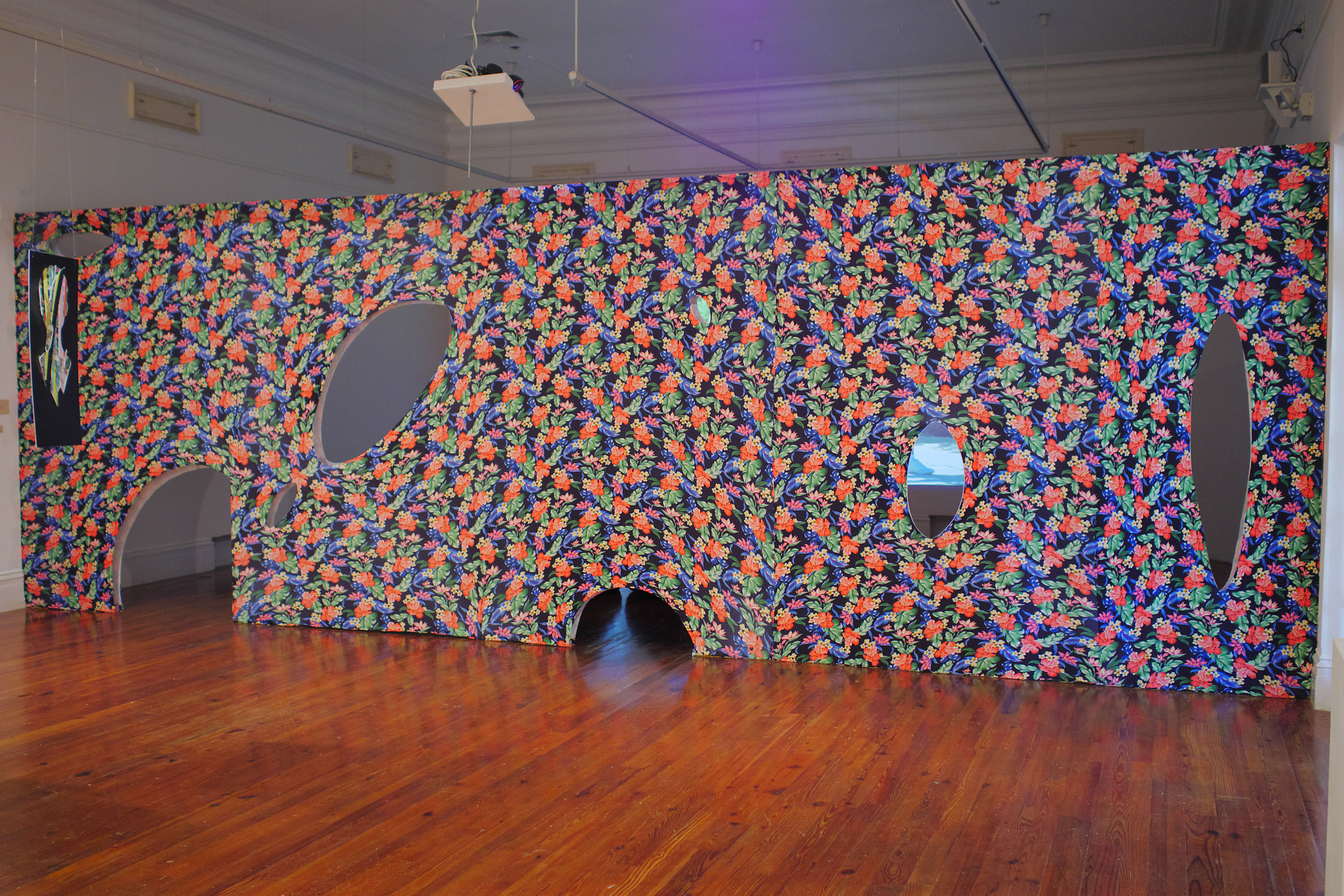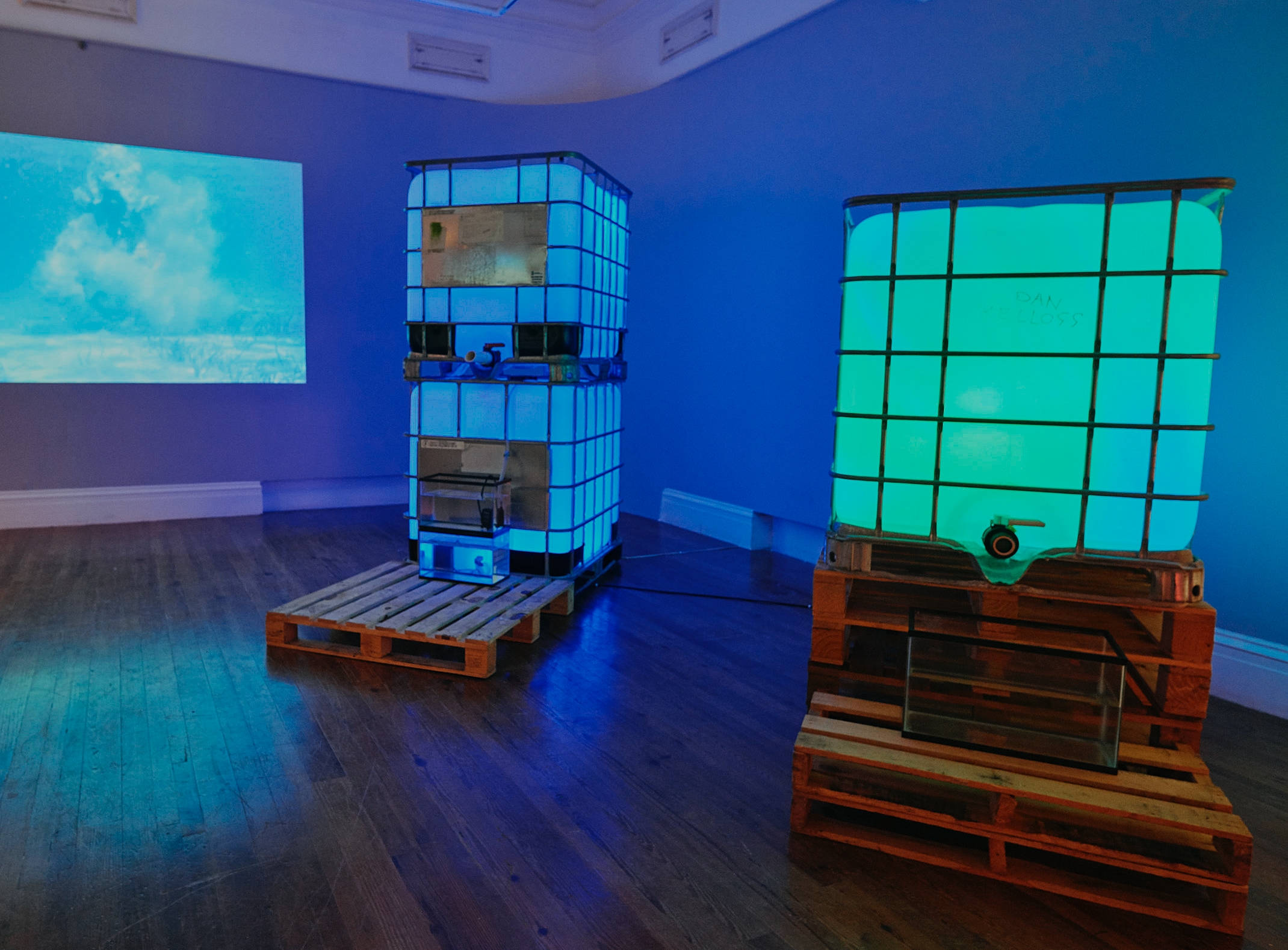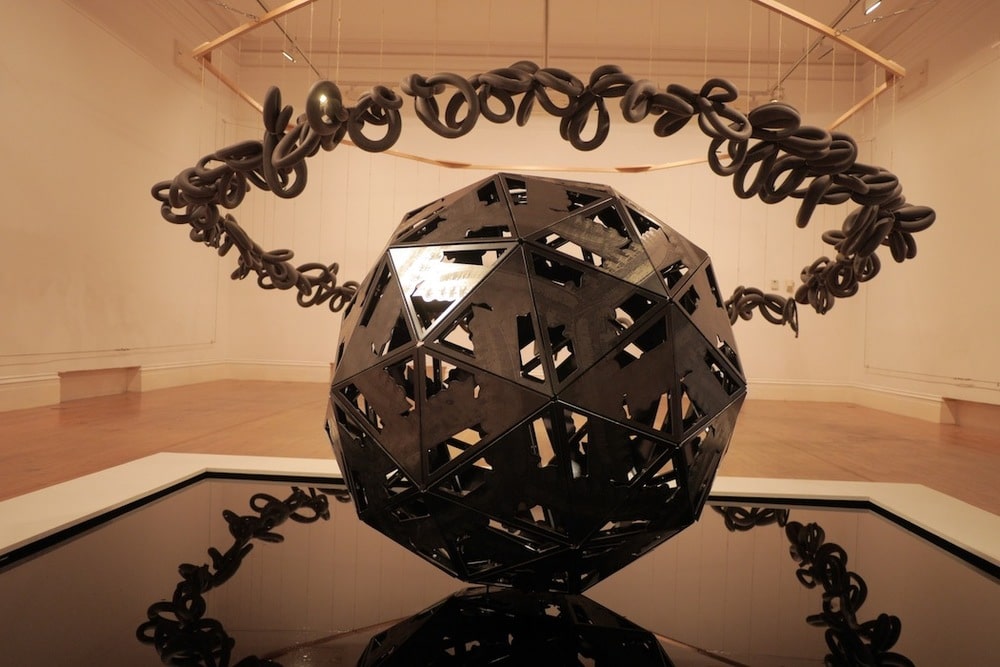Re: Encounter

Overview
Dates
22 September–27 November 2016
Location
NAGB, Floor 2
T1 Gallery
Part of → Double Dutch · Series 6
Re: Encounter brings together Dominican-born, New York-based artist Joiri Minaya and Bahamian artist Dede Brown in a collaborative exhibition exploring postcolonial identity. Both artists use feminized forms found in nature and the female body to critique patriarchy, colonial histories, and their pervasive influence. In the NAGB Ballroom, their installations create pathways that challenge viewers’ interactions with the work, offering playful, performative, and thought-provoking perspectives. Brown’s Tessellation incorporates geometric patterns and aluminium forms inspired by colonial statues and island aesthetics, interrogating stereotypes and the complexities of being an artist in a tourism-centric nation. Minaya’s Labadee critiques the commodification of nature and culture through the lens of Caribbean tourism, juxtaposing historical narratives with contemporary exploitation.
Minaya’s Labadee combines footage from a cruise ship with Christopher Columbus’s diary entries and modern tourist experiences, examining the impact of privatised, all-inclusive resorts on local economies and identities. The work highlights the inequalities and erasure perpetuated by the tourism industry, with scenes of laboring Black bodies reduced to service and spectacle. Together, Minaya and Brown’s works in Re: Encounter invite audiences to reconsider the immersive, enduring influence of colonialism on the Caribbean’s economic and cultural development. Through their distinct yet complementary approaches, the artists provoke dialogue about the region’s ongoing struggles with decolonisation, identity, and resilience.
Dede Brown
The Bahamas
Dede Brown (b. 1984) is an interdisciplinary artist who works in painting, photography, mixed media, sculpture, and installation. Her work often focuses on depicting emotionally driven thoughts and narratives through portraiture and figurative drawings and paintings or sculpture. Many of her compositions are inspired by images of women in popular culture. More recently, she has begun exploring new subjects and mediums, venturing further into more experimental and conceptual works, which investigate various topics relating to human behavior, experience, and existence.
Joiri Minaya
Dominican Republic/US
Joiri Minaya (b. 1990) is a Dominican-American multi-disciplinary artist whose work deals with identity, otherness, self-consciousness and displacement. Her work navigates binaries in search of in-betweenness, investigating the female body within constructions of identity, social space and hierarchies. Born in New York, U.S.A, she grew up in the Dominican Republic. Minaya graduated from the Escuela Nacional de Artes Visuales in Santo Domingo in 2009, the Altos de Chavón School of Design in 2011 and Parsons the New School for Design in 2013. She has been a resident artist at Skowhegan School of Painting and Sculpture, Guttenberg Arts and Smack Mellon, and has participated in the Bronx Museum’s AIM Program and the NYFA Mentoring Program for Immigrant Artists. Minaya has exhibited across the Dominican Republic, New York and New Jersey, and her work is in the collection of the Museo de Arte Moderno in Santo Domingo and the Centro León Jiménes in Santiago, Dominican Republic.
Re: Encounter is curated by Holly Bynoe, Chief Curator.
In context
Double Dutch pairs a Bahamian artist with an artist from the wider Caribbean to produce ambitious, collaborative bodies of work. The programme supports cross-cultural exchange, highlighting shared histories, creative practices, and sensibilities across the region and its diaspora.
